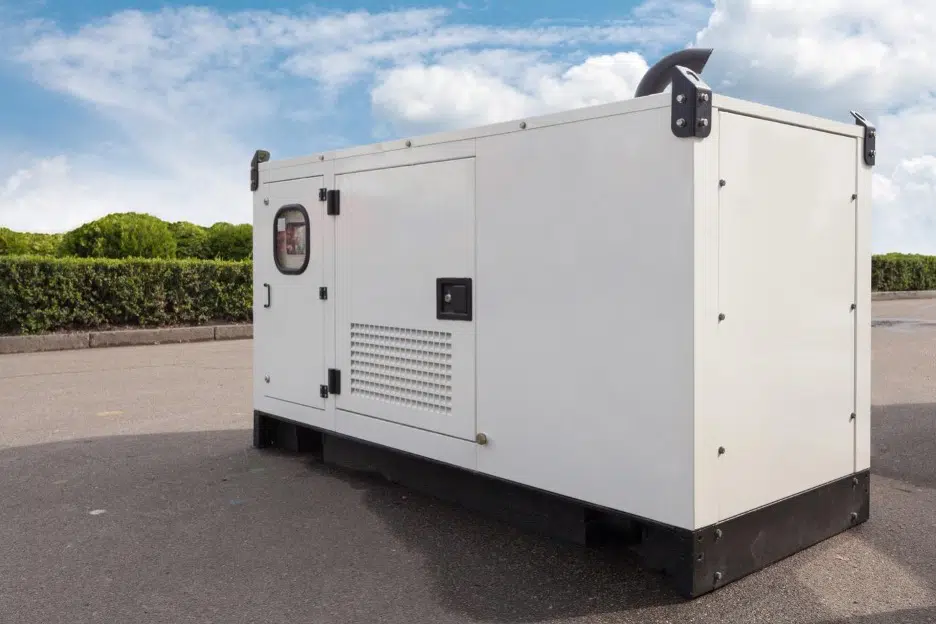 Why Power Outages Are Becoming More Common
Why Power Outages Are Becoming More Common
Power outages are becoming more frequent in American neighborhoods due to severe weather, overloaded energy infrastructure, and cyber threats. The number of power outages in the US has doubled in the last two decades, affecting daily routines like spoiling food, failing security systems, and shutting down climate controls.
These disruptions are more than an inconvenience for families and individuals who rely on medical equipment, remote work, or want to preserve comfort and safety. A dependable power backup has shifted from a luxury to a necessity. This need has spurred widespread interest in generator solutions such as Pensacola Generac Generators, representing the growing movement toward greater resilience and security in unpredictable electrical service.
How Standby Generators Keep Homes Running
Standby generators are designed to provide round-the-clock backup during utility power loss. They are installed permanently outside the house and linked to the home’s circuit box through an automatic transfer switch. This ensures critical home systems like lights, refrigerators, and medical devices are powered without homeowner intervention or exposure to dangerous weather. Unlike portable generators, standby generators don’t require storage, gas tank filling, or extension cords. They are connected to a constant fuel supply, free from the limitations of small, fast-emptying fuel reservoirs.
Factors to Consider When Selecting a Generator
Accurate power assessment is crucial when choosing a standby generator. List all appliances and critical devices needed during an outage, considering their running and starting wattage. Choose a model that covers your regular needs and adds extra capacity. Standby generators are typically powered by natural gas or propane, depending on availability and maintenance. An automatic transfer switch is essential for a seamless switch-over during an outage. Standby generators are installed on stable pads, usually six to 10 feet from the house, in well-ventilated locations that meet code requirements. Building codes and manufacturer recommendations should be considered before installation.
Portable vs. Standby Generators: Key Differences
Portable generators are suitable for budget-conscious consumers or temporary needs, but require setup and can’t support continuous, whole-home needs. They also pose risks like carbon monoxide poisoning. Standby generators are permanently installed, quieter, and more powerful, supporting larger homes and a wider range of appliances. Industry leaders recommend investing in standby models for families in regions with frequent outages or those seeking a reliable backup power solution. The higher upfront cost offsets the peace of mind, convenience, and security provided during emergencies.
Installation: A Step-By-Step Overview
The installation involves a home assessment, model and fuel selection, site preparation, system connections, and testing and permitting. An electrician or generator specialist evaluates the home’s needs, identifies circuits to protect, and discusses local regulations. The generator is then connected to fuel and electrical lines, and an automatic transfer switch is set up for seamless transition during outages. Professionals ensure the installation meets all required electrical and safety codes before final sign-off.
Maintaining Your Standby Generator
Regular maintenance, including seasonal checks, oil and filter changes, spark plug inspection, and load testing, is crucial for a generator’s performance during emergencies. Manufacturers recommend yearly service calls, but extra checks are advised during extreme weather or long run times. Modern units often feature remote monitoring technology, ensuring system issues are addressed quickly. Maintaining standby generators prevents prolonged blackouts and ensures a reliable investment for a decade.
Staying Prepared for the Unexpected
The realities of our changing environment and evolving technology landscape have made power outages a fact of life for many communities. Installing a standby generator ensures you’re ready for whatever comes your way, allowing you to maintain comfort, safety, and productivity. By carefully considering sizing, fuel supply, maintenance, and compliance with local codes, homeowners can enjoy years of reliable backup power. More than just a safeguard, a standby generator is an investment in your household’s peace of mind, letting you focus on what matters most even in the face of the unexpected.